Healthy or Damaged Hair: Which do You Have?


To know your ideal care regimen, it is important to know your hair type and whether you have healthy or damaged hair. Luckily, there are simple ways to test your hair’s key features: elasticity, texture, and porosity. But before you do that, it’s crucial to understand the common causes for damaged hair, how to avoid them, and know exactly what you want from your hair.
Culprit no.1 – Heat Damage
Heat is probably the number one culprit for hair damage as it has become common to style and dry your hair with a hairdryer or other heat-inducing tools. We have become dependent on such tools because it makes drying and taming hair much more manageable. Still, when you blow-dry on higher heat or style your hair with mechanical tools without using any heat protective products for it, you could be doing more harm than you realize.
Solution: Try drying your hair naturally when you can, or use a cool setting. If you are using heat in your hair styling, make sure to apply a proper defence that will provide a protective layer and prevent further hair damage.
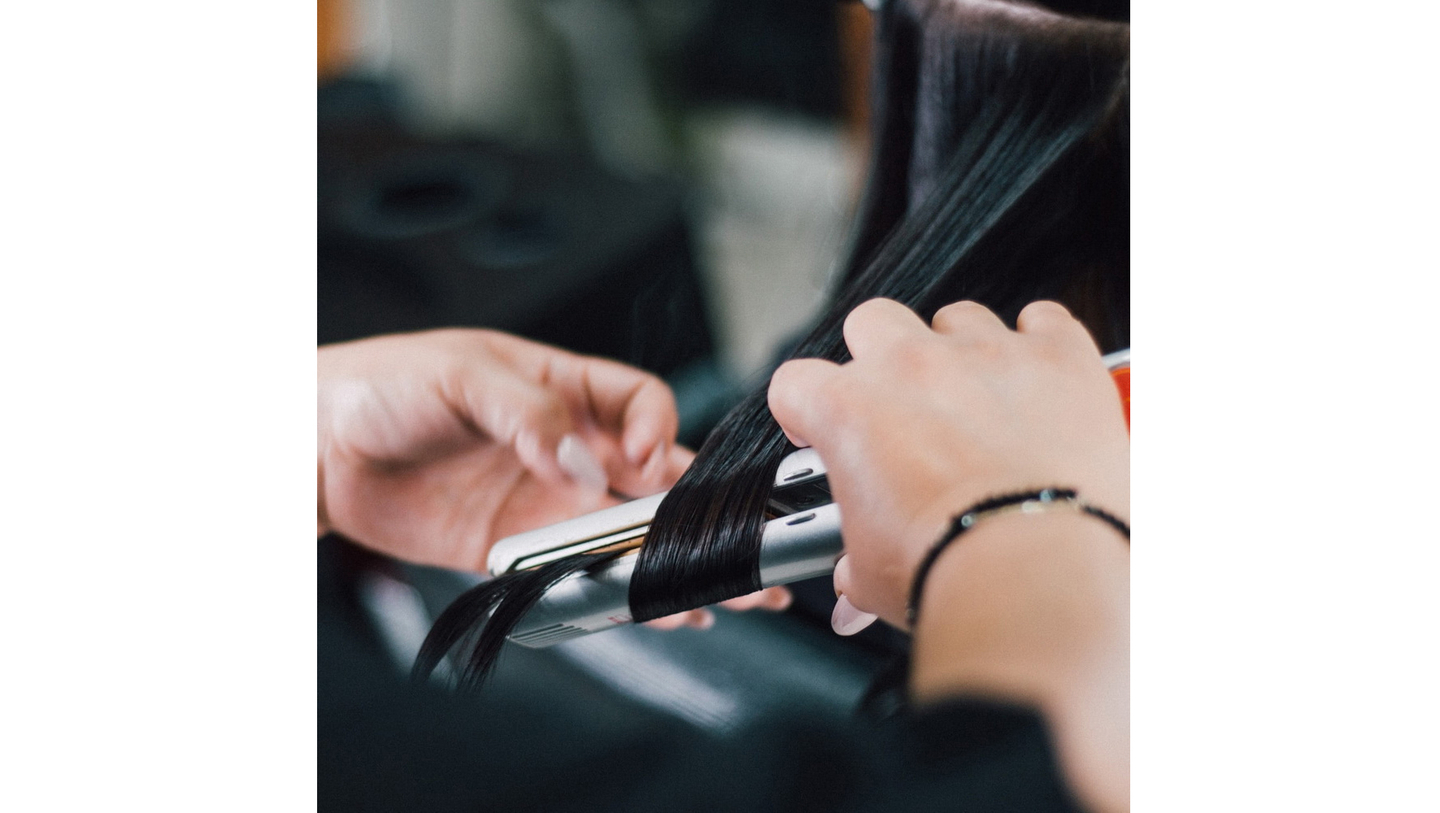
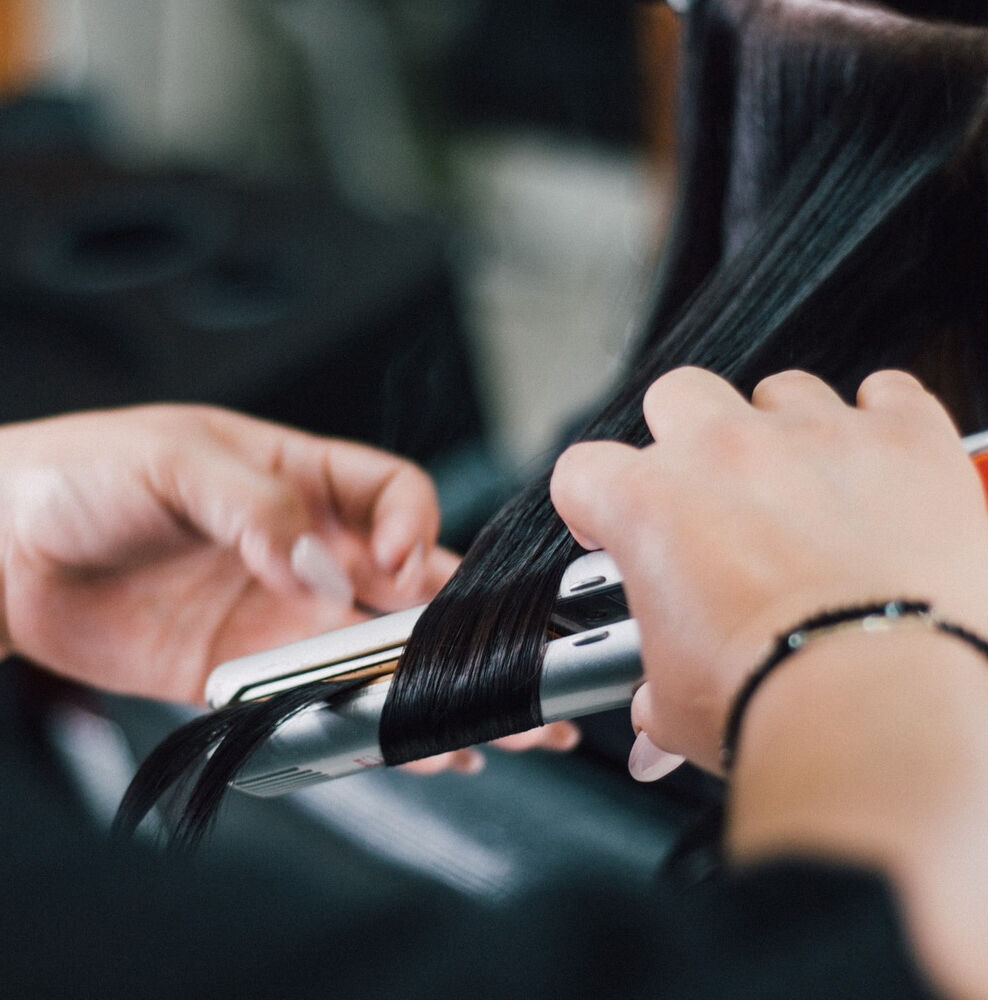
Constant exposure to heated treatments will result in dryness, brittleness, and split-ends
Chemicals in hair products
Some shampoos contain ingredients that may be toxic to your scalp and follicles, so it’s crucial to know which is which. Amongst them, sulphates are probably the most damaging, followed by parabens, mineral oils, formaldehyde, silicones, and synthetic fragrances. At the same time, products with high concentrations of alcohol (often found in hair sprays) can irritate the scalp and dehydrate the hair.
Solution: When considering a product for your hair care regimen, check for harmful ingredients. Always opt for sulphate-free, paraben-free, and cruelty-free products, and, where possible, those which are also environmentally friendly.
Chemical treatments
Whether it’s perming, bleaching, rebonding, or regularly dying your hair, these processes may have consequences for your scalp and hair, such as inducing hair thinning, drying, breakage and shedding. Even though having the perfect hair colour is everyone’s dream, remember that aggressive chemical treatments, like bleach, can seriously damage hair cuticles. In addition, attempts to restructure hair with grooming combined with chemicals can have significant consequences.
Solution: Perming or rebonding might seem like an appealing solution to achieve your desired look, but it means affecting the moisture ability and strength of the strands. Thus, if you ever decide to undergo hair chemical treatments, it’s essential to get it done professionally.
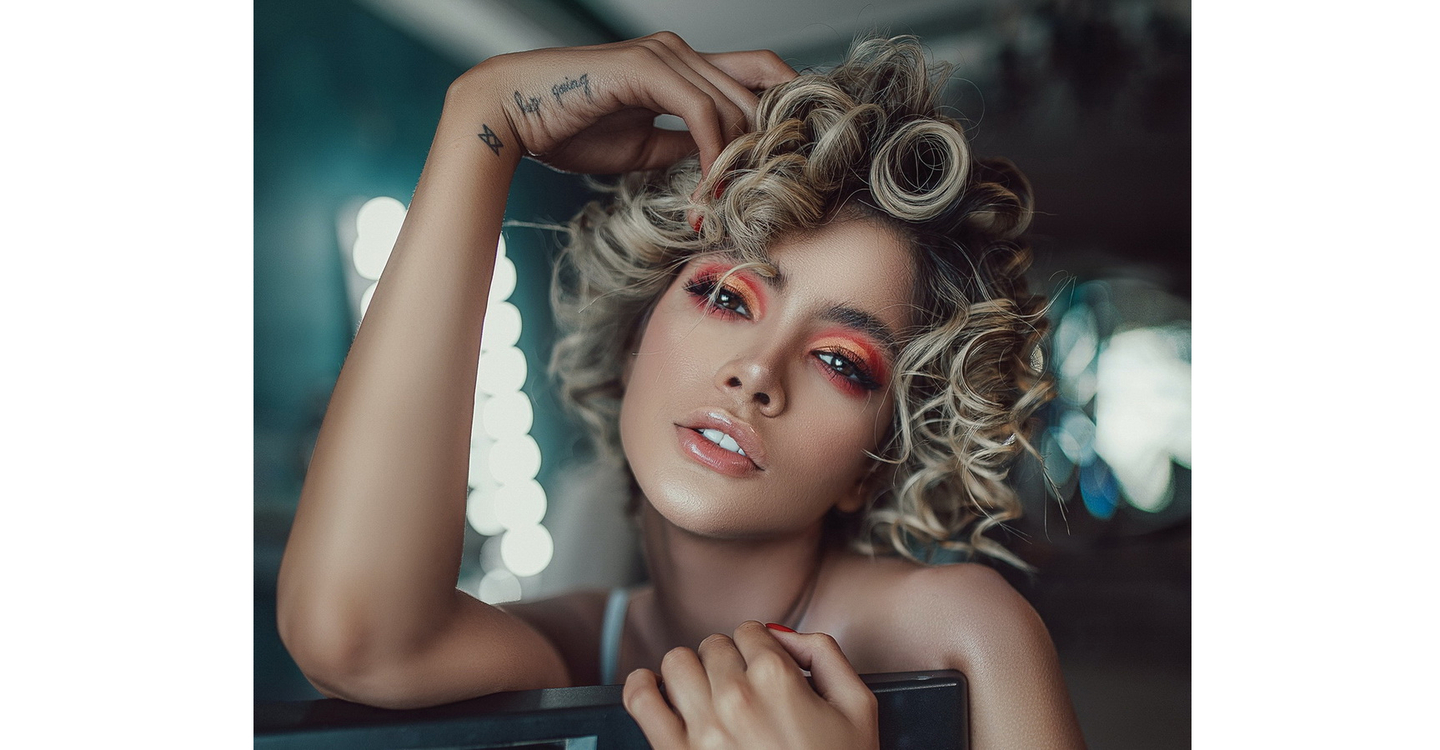

Perming might seem like an attractive, “hairdo-free” solution, but to achieve the desired effect, you need to undergo aggressive chemical treatments that could seriously harm the strands
Environmental factors
We all know that healthy amounts of Vitamin D from the sun is important for proper bone development and the prevention of many illnesses. Still, too much sun exposure can seriously harm your hair. Prolonged exposure to UVB and UVA rays affects the cuticle, causing dryness, brittleness, split ends, thinning, and discolouration. In addition, your hair in a high-polluted environment can show various signs of damage, like sensitive scalp syndrome.
Solution: Perhaps it’s not always possible to protect our hair from outside factors, but taking preventive steps is necessary when exposing ourselves to environmental stressors. You can wear hats or scarves when outdoors, and more importantly, immediately wash your hair with detoxifying shampoo after being in contact with pollutants.
Stress and bad habits
Big or small, life’s stressors can have a negative impact on our mental and physical health. Every day, we are facing different amounts of stress and anxiety factors, which, if not addressed on time, leave a massive impact on our well-being, hair included. Symptoms usually manifest as hair loss, lack of hair growth, scalp discomfort, and other signs of damaged hair. Scientific research shows that the same issues can appear if our lifestyle includes poor diet and unhealthy habits such as smoking.
Solution: Unlike mechanical hair damage that leads to split ends and strand breaking, the usual consequences of stress damage can be fixed when the stress passes. Once you find ways to control it, your hair will start regenerating.
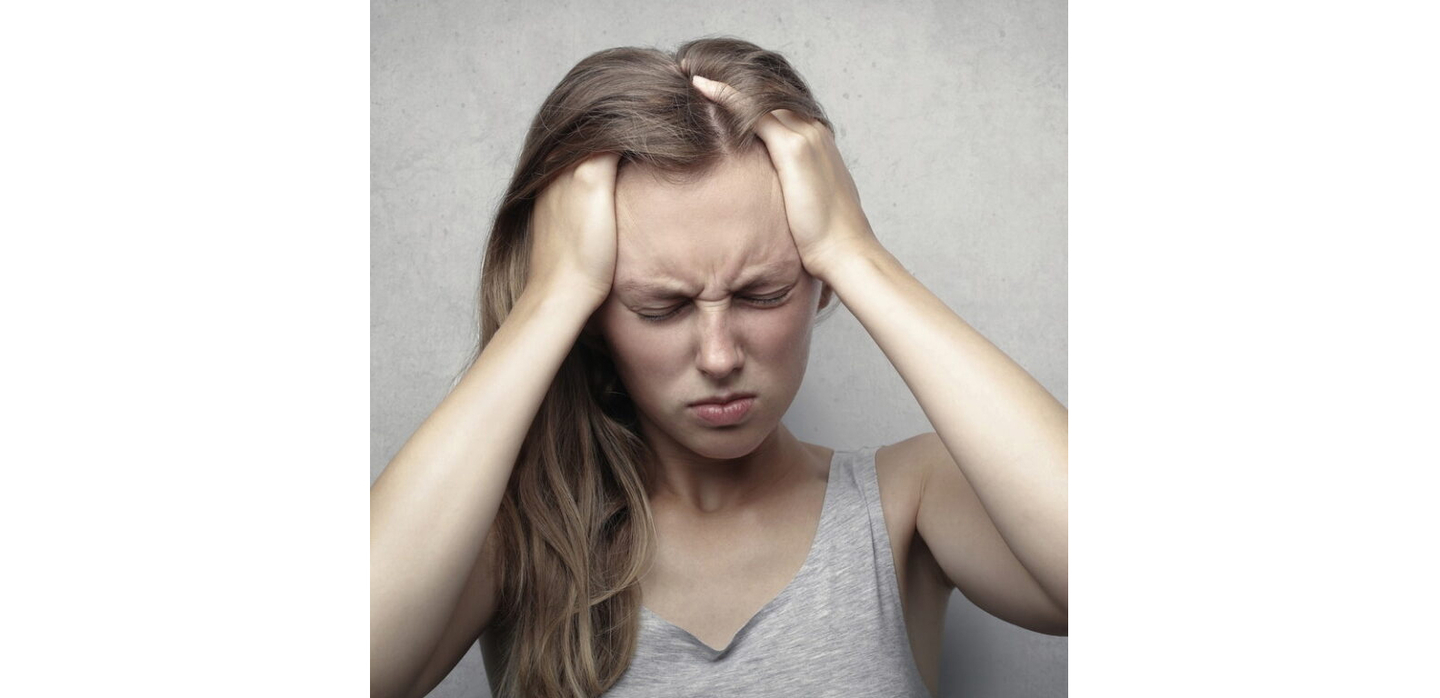
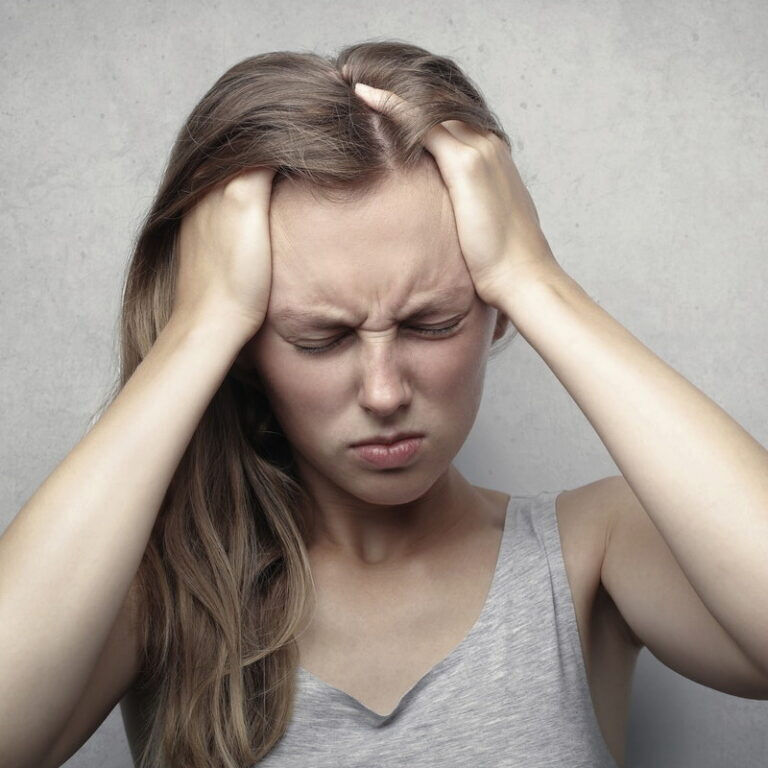
Eliminating stress from your life will benefit not only your hair but also your overall well-being
Hairdos and everyday hair maintenance
Having a tight hairdo looks classy and neat. It’s one of the easiest tricks for achieving a professional appearance. But how comfortable is having your hair tight or lifted? Do you ever feel mild pain soon after styling your hair? If the answer is yes, don’t worry, all is not lost. It is a common issue for those who have heavy and thick hair.
Going against the hair follicles’ direction of growth might cause discomfort, especially if you mostly keep your hair down. It can also happen when you’re trying out more casual, everyday hairstyles like braiding. Overly tight braiding techniques pull your roots hard, tugging and damaging the follicle. The same applies to using tight hairbands since it can cause frizz, split ends, and breakage.
Solution: Avoid firmly fixed bands and bending your hair at sharp angles when making hair-dos.
Tests to check whether you have healthy or damaged hair
There are several ways to test your hair health. Try performing these few, simple steps to determine any potential problems you may have:
Checking the elasticity
Elasticity is one of the most important factors of hair healthiness, and to determine if your hair ticks this box, take a strand of hair between your fingers and gently pull it until it reaches its full-length potential. You’ll be surprised to know that a strand stretches an additional 30% in length if your keratin level is healthy. Still, if your hair doesn’t go back to its original state after a couple of minutes, or it snaps during stretching, it might be dry and lacking protein.

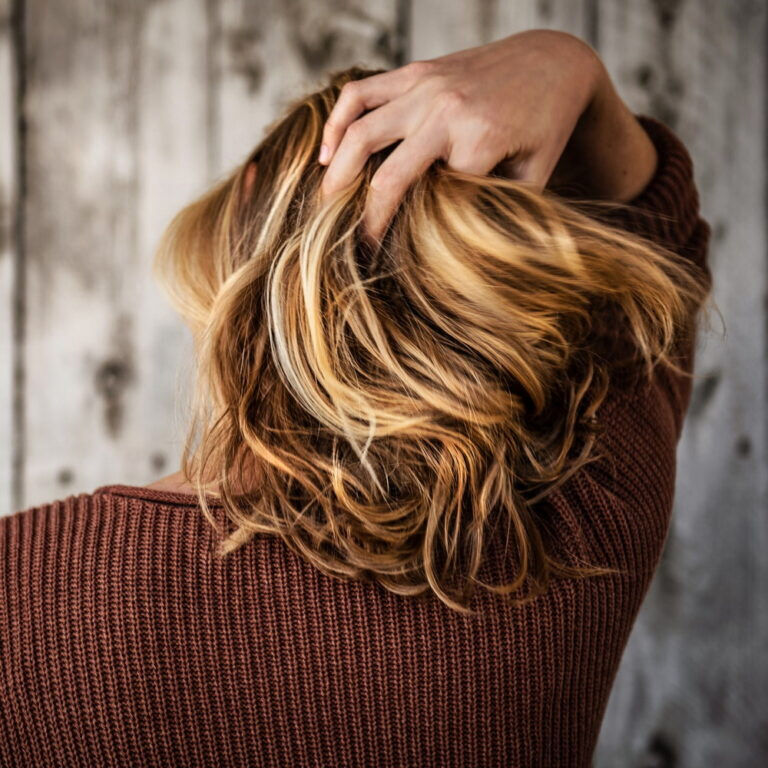
Before doing tests to check whether you have healthy or damaged hair, make sure your hair is clean and untreated with chemicals or potent nutrients that might influence genuine test results
Test for hair smoothness
Take a couple of strands, run them between your fingers, and check if there are any uneven spots or bumps on the hair surface. If you feel slight roughness while doing so, know that’s perfectly normal, even for healthy hair.
But when the strands are very rough, or they break near the end, your hair needs an intervention. The best thing would be to visit a hair professional and get the right advice. But this shouldn’t alarm you, they may simply advise you to add keratin and rich protein nourishment to your hair treatment.
Hair porosity test
Hair porosity is the ability of a strand to absorb moisture. It ranges from low to medium or high porosity, depending on the hair’s health. To test if you have healthy or damaged hair, pour a half glass of room-temperature water. Afterwards, run your fingers through your hair and see if any strands will fall off. If not, take a couple of them from your brush or a comb. Cut the strands to approximately 2-3 inches, and add them to the glass.
Leave them for 5-6 minutes and check the results. If the strands sink to the bottom of the glass, you have highly porous hair. If the strands float on the surface, your hair has low porosity. Ideally, the hair will submerge but float somewhere in the middle of the glass, indicating optimal hair porosity.


Hair with a high porosity feature absorbs water quicker, but it also dries faster. If your hair has this advantage, avoiding blow dryer heat treatments will be more manageable
Gloss reflection test
The simplest way to check if you have healthy or damaged hair is to expose it to natural light and run your fingers through it. Is the surface shiny, or does your hair have a duller and matte surface? If the latter, these are usually symptoms of dryness, so you need to introduce a quality hydrating regimen to rejuvenate the strands and restore the natural shine. Please note: This test may not work on rebonded or chemically treated hair.
The importance of hair treatment and damage prevention
Genetics play a massive role in determining our hair features like colour, texture, thickness, and whether it’s more or less susceptible to damage. Unfortunately, we can’t influence genetic factors, but we can provide the essential nourishment and protection. However, testing whether you have healthy or damaged hair is an easy part. Finding the causes and taking steps to prevent it might be challenging. The first step in solving a problem is determining issues and taking action. If you’re not sure how to address the issue further, try consulting a haircare professional. That way, you’ll be sure you’re on the right path to having the hair of your dreams!


